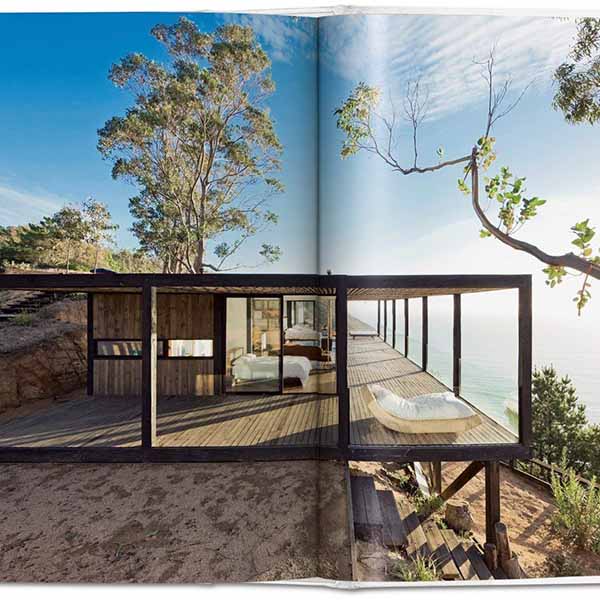Interior design is a reflection of cultural identity, history, and creativity unique to each region of the world. As we venture through diverse continents, we uncover the rich tapestry of interior design traditions shaped by geography, climate, materials, and societal values. This article takes you on a journey across the globe, exploring the distinct characteristics of interior design styles that not only enhance the aesthetic appeal of spaces but also tell stories woven into the fabric of different cultures.

1. North America: Eclectic Mix of Styles
North American interior design is a vibrant blend of various influences, characterized by its eclectic style that draws from indigenous traditions, colonial history, and contemporary trends. The rustic charm of log cabins in the Appalachian region contrasts with the sleek sophistication of urban lofts in cities like New York and Chicago. The use of natural materials, earthy colors, and an emphasis on sustainability can be seen in many homes, reflecting a growing consciousness toward environmental responsibility. Key elements include exposed brick, reclaimed wood, and open floor plans that emphasize a connection to nature.
2. South America: A Fusion of Color and Culture
South America’s interior design traditions are deeply rooted in its rich heritage and diverse cultures. Countries like Mexico celebrate vibrant colors and intricate patterns, often incorporating handmade textiles, ceramics, and traditional crafts. The use of bold hues, playful motifs, and earthy textures creates a lively atmosphere. In contrast, modern Brazilian design showcases minimalism and functionality, focusing on the interplay between indoor and outdoor spaces with the use of large windows and natural materials like wood and stone.
3. Europe: A Historic Tapestry of Design Movements
Europe is home to a myriad of design influences, each reflecting its unique history. From the ornate Baroque and Rococo styles of France to the clean lines of Scandinavian design, European interior design is marked by its rich historical narrative. The English countryside often features traditional elements like floral patterns, cozy textiles, and vintage furniture. In Italy, opulence meets artistry with handcrafted furniture and exquisite detailing, particularly in regions like Tuscany. Meanwhile, the contemporary design scene in cities like Amsterdam and Copenhagen emphasizes sustainability and innovative use of space, highlighting the region’s commitment to eco-friendly living.
4. Africa: A Celebration of Craftsmanship and Nature
African interior design is characterized by its vibrant use of colors, textures, and patterns, often inspired by the continent’s rich biodiversity and cultural heritage. Traditional homes, from the mud huts of rural communities to the intricate detailing of Swahili coastal architecture, reflect local materials and craftsmanship. Furniture is often handcrafted, showcasing woodwork, beadwork, and weaving techniques specific to particular cultures. Contemporary African design is gaining global recognition, merging traditional elements with modern aesthetics in urban settings, resulting in spaces that celebrate heritage while addressing contemporary needs.
5. Asia: A Harmonious Balance of Tradition and Modernity
Asian interior design traditions vary widely across the continent but are often unified by a focus on harmony and balance. In Japan, the principles of Zen are reflected in minimalist spaces that prioritize natural materials and a connection to nature. Shoji screens, tatami mats, and low furnishings create serene environments focused on tranquility. Meanwhile, Indian design is a vibrant celebration of color and pattern, influenced by regional textiles, intricate carvings, and ornate furnishings. The fusion of traditional designs with modern sensibilities is increasingly popular, resulting in a unique blend that respects heritage while adapting to contem porary lifestyles.
6. Australia and Oceania: Nature-Inspired Designs
The interior design traditions of Australia and Oceania are heavily influenced by the surrounding natural landscapes. In Australia, a preference for open layouts and natural light is evident, with a focus on indoor-outdoor living. Materials such as timber, stone, and natural fibers are commonly used, reflecting a relationship with the environment. Indigenous cultures have significantly influenced design practices, emphasizing sustainability and the importance of connection to land. In New Zealand, Maori designs often incorporate traditional motifs and craftsmanship, celebrating indigenous heritage in a contemporary context.
Conclusion
The journey through the diverse interior design traditions across continents reveals the profound influence of culture, history, and environment on the spaces we inhabit. From the vibrant colors of South America to the serene minimalism of Japan, each style tells a unique story, inviting us to appreciate the richness of global design. As we continue to embrace and celebrate these diverse influences, the fusion of ideas and practices will undoubtedly shape the future of interior design, fostering a more interconnected world of creativity and inspiration.





